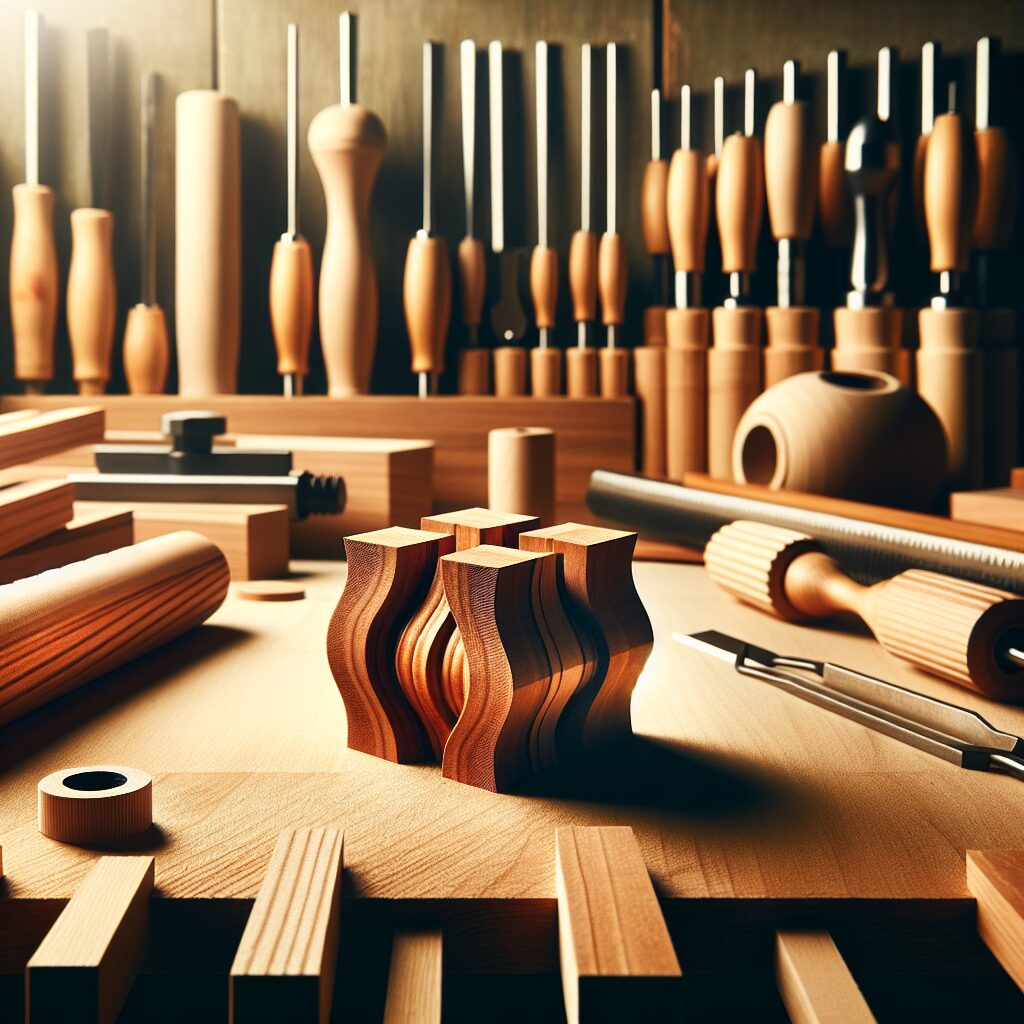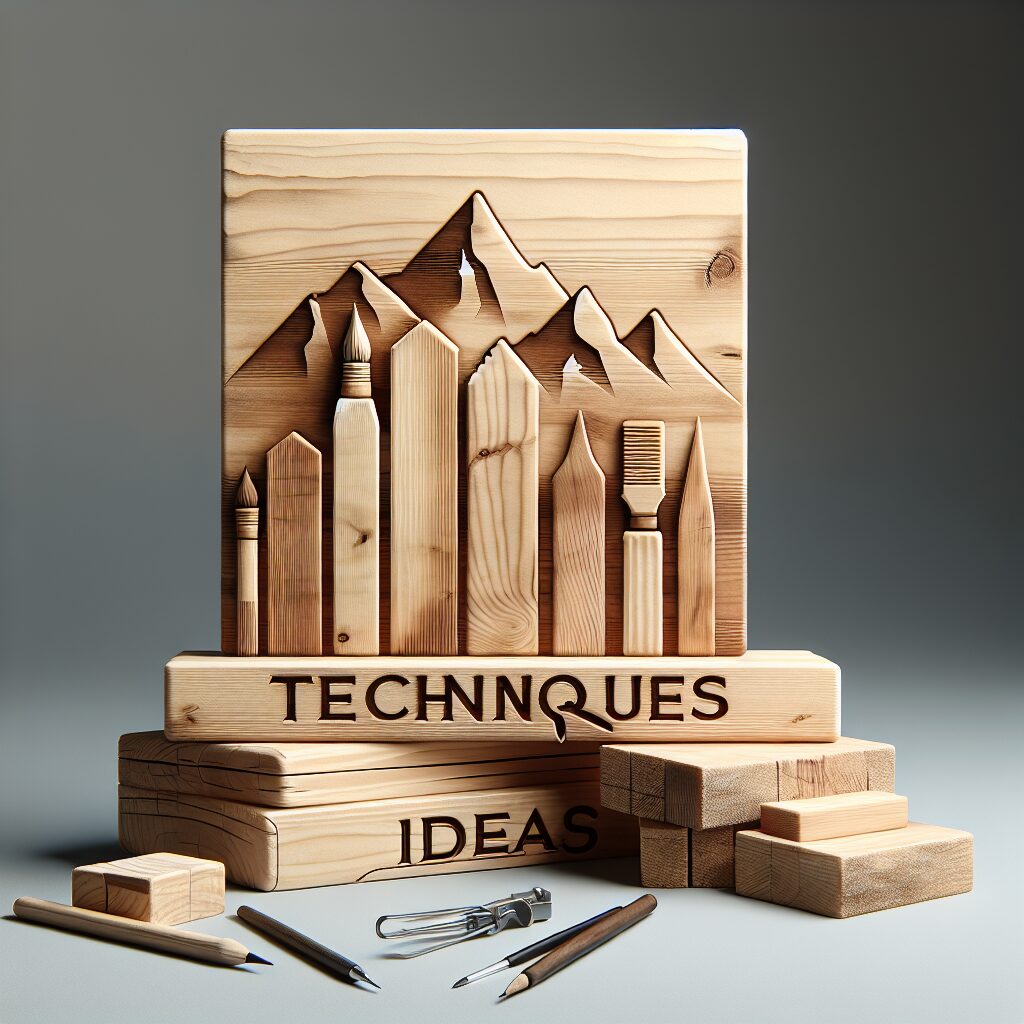If you’ve ever admired a piece of furniture or woodworking art and wondered why it just looks right, chances are it was designed using the golden ratio. This ancient mathematical principle has guided artists, architects, and yes—even woodworkers—for centuries. In this post, we’ll break down the woodworking golden ratio, explain how to use it, and share practical tips for incorporating it into your designs for aesthetically pleasing results that just feel right.
What Is the Golden Ratio?
The golden ratio, also known as the divine proportion, is a mathematical ratio of approximately 1.618:1. When applied to design, it creates natural, harmonious proportions that are pleasing to the human eye.
It appears in nature (think sunflower spirals and seashells), architecture (like the Parthenon), and art (hello, Da Vinci). But its usefulness in woodworking is often overlooked.
The Math (Without the Headache)
You don’t need to be a math wizard. Here’s a quick example: If your woodworking project is 36 inches wide, divide it by 1.618 to get the ideal complementary height:
36 ÷ 1.618 ≈ 22.25 inches
This helps you create balanced furniture like tables, bookshelves, and cabinets that look good without knowing why.
Why Use the Golden Ratio in Woodworking?
1. Aesthetic Harmony
The human brain is hardwired to appreciate balance and proportion. Projects designed using the golden ratio often feel more professional and more expensive, even if they’re made from humble materials.
2. Functional Design
Beyond beauty, the golden ratio helps avoid awkward dimensions—like tabletops that feel too long or cabinets that look too squat. It adds a level of design thinking that separates hobbyists from true craftsmen.
3. Simplicity in Planning
Once you understand the golden ratio, it becomes an easy rule of thumb to follow. You can stop second-guessing dimensions and start building with confidence.
How to Apply the Golden Ratio in Woodworking
1. Start with a Key Dimension
Pick the most important measurement for your project—usually the width.
2. Use the Golden Ratio to Calculate Other Dimensions
Multiply or divide by 1.618:
- Width × 1.618 = ideal height
- Height ÷ 1.618 = ideal width
3. Sketch and Visualize
Use graph paper, CAD software, or even golden ratio calculators to check proportions before cutting.
4. Apply to All Elements
Use the ratio not just for the overall frame, but for internal elements like drawer sizes, panel spacing, and shelf heights.
Examples of Golden Ratio Woodworking Projects
✅ Bookshelves
Design with the golden ratio to balance width and height. Example: 30″ wide × 48.5″ tall.
✅ Tables
Coffee tables with golden ratio legs-to-top ratios feel more grounded and visually lighter.
✅ Cabinets
Golden ratio spacing between drawers and handles creates a natural rhythm that’s pleasing to the eye.
✅ Picture Frames
Even simple frame borders look better when designed using golden rectangles.
Common Mistakes (and How to Avoid Them)
- ❌ Relying only on gut feeling: Always calculate to double-check proportions.
- ❌ Over-applying: Don’t force the golden ratio everywhere. Use it as a guide, not a rulebook.
- ❌ Ignoring user intent: Remember, form follows function. Don’t sacrifice usability for aesthetics.
Bonus: Golden Ratio vs. Rule of Thirds
While the rule of thirds (dividing a space into 3 equal parts) is useful in design and photography, it’s less precise than the golden ratio. Use the rule of thirds when exact math feels too rigid, but reach for the golden ratio when you want polished, professional-level design.
Frequently Asked Questions
❓ Is the golden ratio really necessary in woodworking?
No, but it can take your designs from good to great by improving visual balance.
❓ Can I use it in rustic or farmhouse styles?
Absolutely. The golden ratio enhances any style—from modern minimalist to rugged rustic.
❓ Is there an app or calculator for this?
Yes! Search for “golden ratio calculator” or use woodworking-specific design tools that integrate the formula.
Final Thoughts
The woodworking golden ratio isn’t just math—it’s a design philosophy. Whether you’re building a custom bookshelf, a rustic table, or a sleek cabinet, understanding this principle gives you a powerful tool to create timeless, beautiful, and balanced projects.
Add the golden ratio to your woodworking toolbox, and watch your designs elevate to a whole new level of craftsmanship.
🔨 Ready to Try It?
Start your next project with the golden ratio in mind. Grab a calculator, sketch your ideas, and let harmony guide your build.






